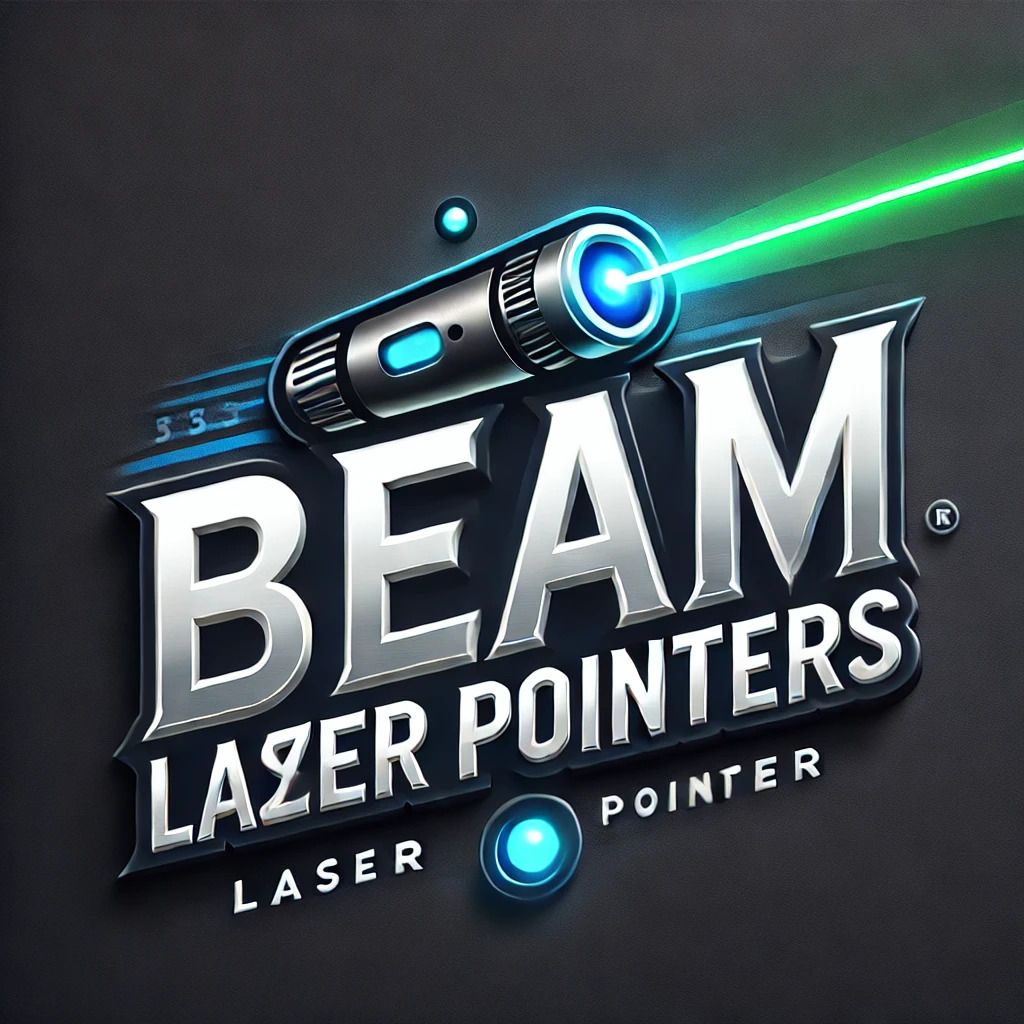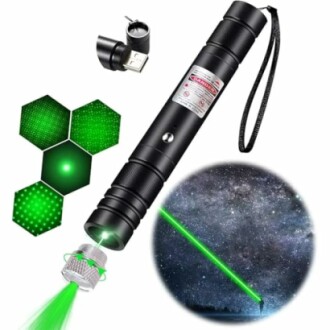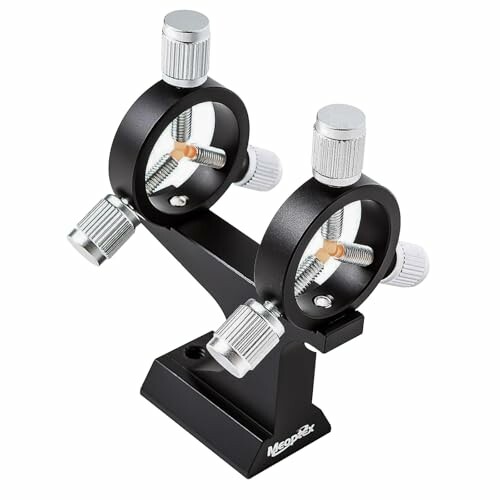
The Best Techniques for Using Laser Pointers in Astronomy
Key Takeaways
- Understand the importance of safety when using laser pointers.
- Experiment with different laser pointers to find the right one for your needs.
- Use laser pointers effectively for teaching and engaging audiences during astronomy lessons.
- Leverage technology by combining laser pointers with apps to enhance stargazing experiences.
Laser pointers have become an essential tool in the field of astronomy, not only for guiding eyes to particular celestial events but also for educational purposes. This article delves into effective methodologies for utilizing laser pointers during astronomy lessons and stargazing events. Whether you're a seasoned astronomer or a novice enthusiast, leveraging the right techniques can vastly enhance your experience.
1. Choosing the Right Laser Pointer
There are various types of laser pointers available, and choosing the right one is crucial. Below is a comparison table to help you understand the varied features:
| Laser Pointer | Color | Power Source | Focus Type | Special Features |
|---|---|---|---|---|
| High Power Green Laser Pointer | Green | Battery Powered | Adjustable | USB Rechargeable, Waterproof |
| Deluxe Bracket for Laser Pointer | – | – | Manual Focus | High Quality Aluminum, Lightweight |
Features of Good Laser Pointers
- Brightness - Choose a pointer that has a suitable power level for long-distance visibility.
- Durability - Opt for materials that can withstand outdoor conditions.
- Focus Options - Look for adjustable focus if you need versatility.
2. Safety Precautions When Using Laser Pointers
Safety should always be your top priority when using laser pointers, especially during live events. Here are essential precautions:
- Avoid pointing the laser at people's eyes, pets, or aircraft in the sky.
- Ensure that the area is clear of any obstructions before starting.
- Use pointers with lower power for presentations and educational purposes.
3. Effective Techniques for Teaching Astronomy
When conducting astronomy lessons or talks, laser pointers can be your best ally. Here’s how to optimize their use:
3.1. Directing Attention
Use laser pointers to directly guide your audience's eyes to specific stars or constellations during a presentation. Here are some tips:
- Practice beforehand to ensure smooth transitions when pointing.
- Coordinate the use of laser pointers with visual aids, like charts or apps.
3.2. Interactive Stargazing Events
Engage the audience during stargazing events by allowing participants to use the laser pointers under supervision:
- Organize small groups and assign pointers for educational engagement.
- Encourage participants to share their own finds, fostering community interest.
4. Integrating Technology with Laser Pointers
Modern technology can be a valuable addition when combined with traditional tools like laser pointers:
- Use astronomy apps that point out constellations and celestial bodies, enhancing the educational experience.
- Implement augmented reality features that interact with laser pointer beams for an immersive experience.
5. Best Practices for Stargazing
To make the most of your stargazing experience, consider the following practices:
- Choose a dark location with minimal light pollution for the best visibility of celestial objects.
- Allow your eyes to adjust to the darkness before starting, as it improves vision.
Conclusion
Incorporating laser pointers into your astronomy lessons and stargazing events can significantly enhance the learning experience. By following the techniques and practices discussed above, you can effectively use these tools to engage and educate others about the wonders of the universe.
Tips for Beginners
- Start with a mid-range laser pointer before investing in higher-end options.
- Attend workshops or online webinars for hands-on training.
- Practice using the laser pointer at home before public events.
Pros
- Enhances visibility of astronomical events.
- Easy to use for both beginners and experts.
- Portable and lightweight.
Cons
- Improper use can lead to safety concerns.
- Not all pointers are powerful enough for large audiences.
High Power Green Laser Pointer
This versatile rechargeable green laser pointer is perfect for hiking and astronomy, featuring adjustable focus and multiple patterns.
Explore NowDeluxe Bracket for Laser Pointer
A premium accessory that attaches to your telescope, made of high-quality aluminum for improved stargazing.
Learn MoreDiscover more valuable resources related to astronomy by checking our Educational Resources category.





